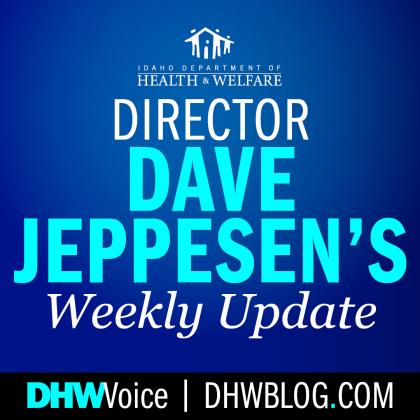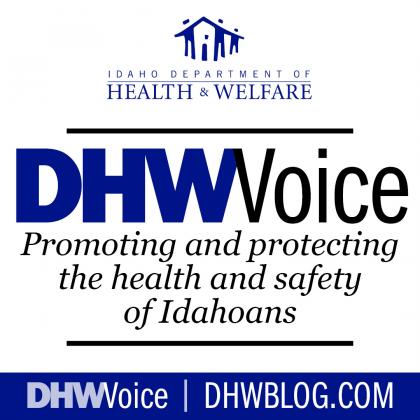DHW responded to 3,243 public records requests in 2022
Being transparent is very important to all of us here at the Department of Health and Welfare. A good customer experience is also part of our mission to strengthen the health, safety, and independence of Idahoans. Idaho residents have a right to see government records and monitor the actions of state and local government agencies as outlined in the Idaho Public Records Act (Idaho Code 74-101 through 74-126).
The department is a large and complex organization with eight divisions and nearly 200 programs. The variety and complexity of records, as well as the confidentiality of some records, creates numerous challenges for obtaining the records people are interested in.
I’m proud to say that our Public Records coordinator works really hard to monitor and keep track of thousands of requests. The department responded to 3,243 public records requests (PRRs) in 2022, with the help of staff in all eight DHW divisions and our legal team.
The majority of PRRs are for personal records, mostly from the divisions of Family and Community Services, Behavioral Health, and Medicaid. We also get hundreds of requests from attorneys, media, trade groups, and others. Some requests are very large and result in thousands of pages of documents being released. These records must be reviewed for confidential information, privileged communications with attorneys, and vendors’ trade secrets, to name a few exemptions.
Our goal is to respond to all the requests we receive in a timely fashion within the time frames permitted under the public records law. But it can be complicated. If we don’t have a clearly defined request or the necessary verification for a requester, fulfilling requests can be challenging.
If you file a PRR with the department, here are some tips that will help your request be filled as quickly as possible:
- Be as specific as you can about the types of documents you are seeking.
- Be sure to include the required verification and identification if required.
- If appropriate, include a date or a date range in your public records request to help focus the search.
- Key word searches for emails can be costly and wasteful because they may not be specific enough. A higher number of search terms requested will increase the number of records in the request. But more records do not guarantee more information that is relevant to the request. The more specific your request is, the more likely it will be that you will receive the documents and information you are interested in.
- Data requests are not public record requests. Requests for data are handled separately by the programs that keep the data.
- Keep in mind that many records at DHW are paper and may be stored away from state offices and take more time to search. This is especially true for older
documents. - If your request will take longer than two hours of staff time and legal review, you will receive an invoice. Payment must be received before records are produced.
- Birth, marriage, and divorce records are not considered public documents. Birth records are legally confidential for 100 years, and marriage and divorce certificates are legally confidential for 50 years.
- If you don’t know what to ask for, we are happy to discuss your request ahead of time. Under the law we cannot ask you why you are seeking records, but if you are willing to discuss it before filing your request, we can provide some guidance to help you focus your request, so you get the documents you want.
I hope you have a safe and healthy weekend.
The Idaho Department of Health and Welfare is dedicated to strengthening the health, safety, and independence of Idahoans. Learn more at healthandwelfare.idaho.gov.


Join the Discussion
Please note the following terms of participation in commenting on the DHW Voice blog.
To ensure a productive discussion you agree to post only comments directly related to this post and to refrain from posting obscenities; threatening, abusive or discriminatory language; sexually explicit material; and other material that would violate the law if published here; promotional content; or private information such as phone numbers or addresses. DHW reserves the right to screen and remove inappropriate comments.